The moment of photography
In the neonatology department of the hospital in Lugala, Tanzania, children who were born too early or with low birthweight spend the first days of their lives. The Fairpicture photographer Roshni Lodhia photographed the project ‘Kangaroo Mother Care’ for the nonprofit organization Solidarmed. She created very intimate and fragile pictures of babies who do not yet bear a name and of which some will not survive the first weeks. The pictures are snapshots of a fragile reality.
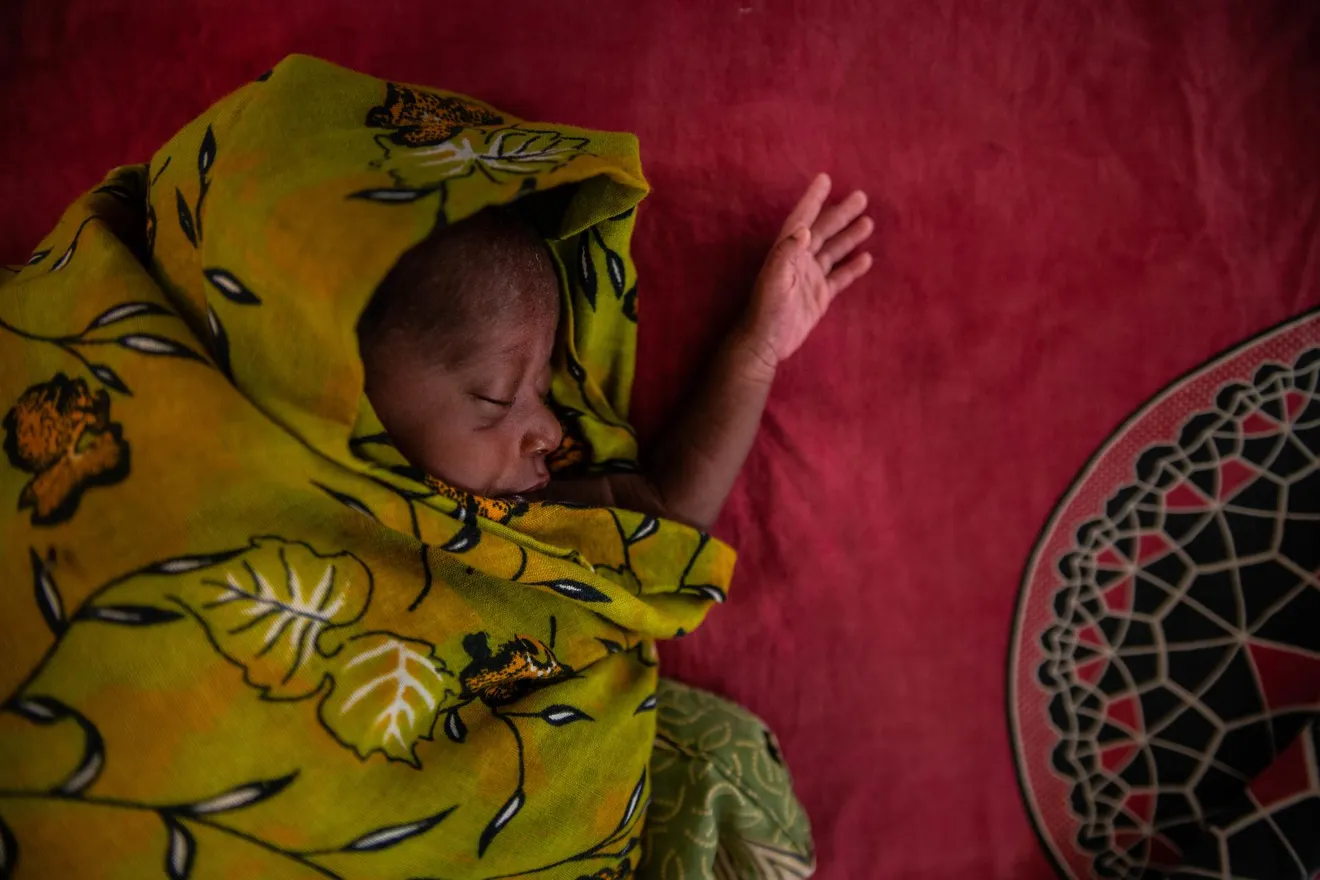
Photo" Roshni Lodhia / Solidarmed / Fairpicture
"Do pictures have an expiry date?"
Life is a continuum, photography a momentum
The question of how long the use of a photograph remains appropriate and legitimate was raised by an article in the Swiss daily newspaper “Le Temps”, published in mid-October 2020. In July 2011 a team of a Swiss NGO visited a then 86-year-old beneficiary in Haiti. His portrait was used for a branding campaign until 2020. When he last appeared, the old man had already been dead for four years.

Photo: Roshni Lodhia / Solidarmed / Fairpicture
We asked ourselves: For how long beyond the momentum of photography is it ethical for NGOs to use images for their communication?
Jörg Arnold, Fairpicture
Symbolic images also need context
In contrast to journalism, NGOs usually don’t produce or use photographs and videos to document current events, except in humanitarian aid. The images they need are from a context of chronic hunger, polluted water, structural violence, human rights violations, development projects and political influence. They do not document the moment, but describe a condition or situation of long duration. Accordingly, their use is that of symbolic or pars pro toto images, most of which illustrate a situation of need and support using individual fates as examples.
This is unproblematic as long as it is clear to the viewers in which context the pictures stand, where and when they were taken – and that the people photographed have given their consent. Whoever publishes pictures: it is their responsibility to make this transparent.
And even in this case photographs are not timeless. „From the very beginning, photography triggered speculations about time,“ writes John Berger in the volume of essays entitled Understanding a Photograph. „Every photograph is implicitly nostalgic. Time is stopped. The trace of time left behind.“
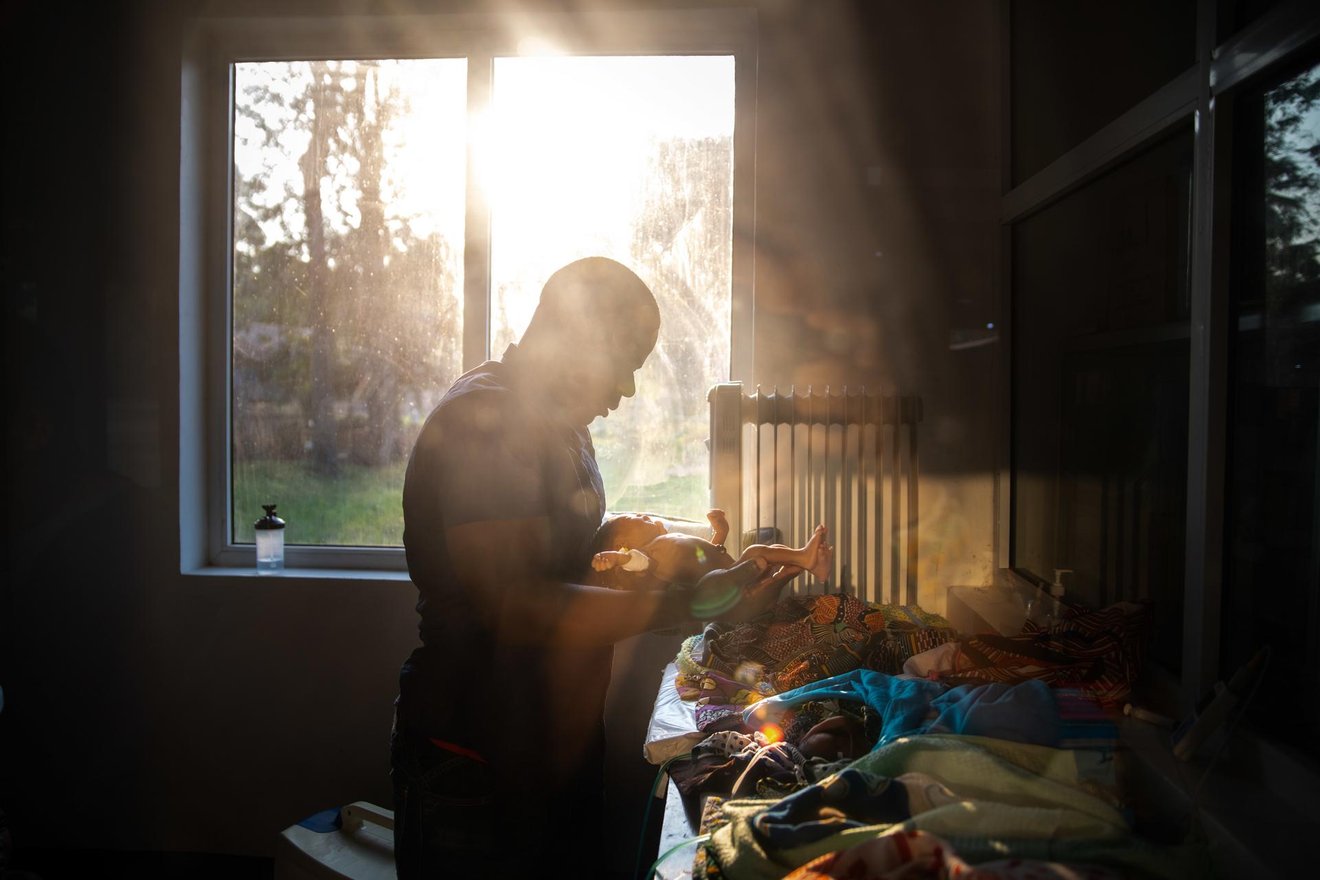
Photo: Roshni Lodhia / Solidarmed / Fairpicture
There are real people behind the pictures
Photographs do not only describe contexts. They tell stories of people. The closer the photographer gets to the people, the more intimate these stories become. The fact that the author of the above-mentioned article came across the subject in the first place has to do with the impressive portrait of the old man in Haiti: „He looked at me with a gentleness and determination that, on this September afternoon, was not distracted by the crowd or the noise of the M2 station in Riponne”.
The expiry date of a picture
This is precisely why pictures should have expiry dates. It is not because they show a distorted context after a certain time. But simply because people become different. People continue to write their own history, they leave the momentum of photography behind in an instant and grow out of the context as personalities.
Organisations can be proud of images that tell moving stories. And we, the viewers, can accept the intimate insights as gifts from the people portrayed. But we must not degrade them to timeless objects and freeze their lives in the moment of photography.
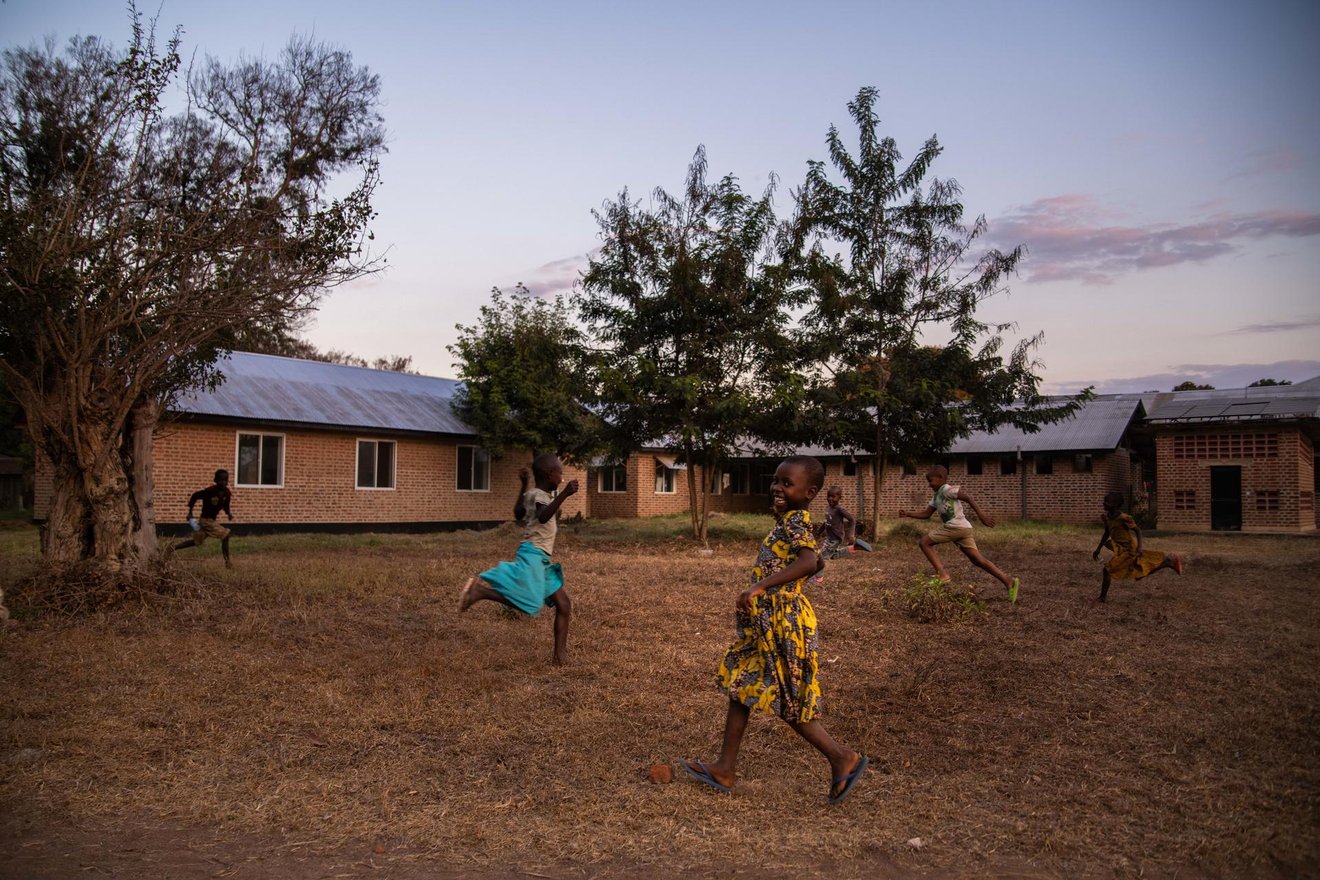
Photo: Roshni Lodhia / Solidarmed / Fairpicture
We can't know the future
Some of the children who received care in Lugala’s neonatology department in August 2020 will be running around the hospital’s yard in seven years‘ time. Some might not reach that age and their parents will be mourning for them in sadness. Some might have moved away from the area and will be in first grade in another town. One thing is sure though: The moment of their birth will be in the distant past for all of them.
More from our blog
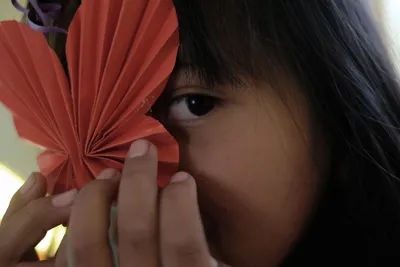
December 2023 - Aurel Vogel
Update #10: A Year Like a Rollercoaster – 2023 was a Journey of Change, Impact, and Innovation
2023 was a journey of change, impact, and innovation. Aurel latest blog post on the development of Fairpicture.
Learn more about Update #10: A Year Like a Rollercoaster – 2023 was a Journey of Change, Impact, and Innovation

May 2024 - N'Deane Helajzen
The Power of Community Storytelling and Co-Creation
Explore the importance of community storytelling and its relationship with co-creation, illustrating how they can enrich collective narratives.
Learn more about The Power of Community Storytelling and Co-Creation
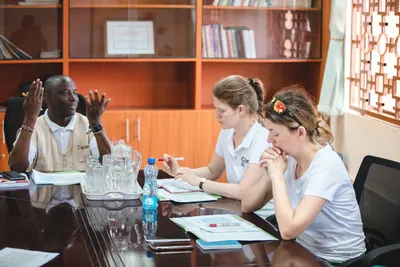
August 2023 - Jörg Arnold
Ethics in Fundraising
"Do no harm - a maxim in fundraising as well?" Jörg's blog post about current ethical dilemmas in fundraising and how to encounter them.
Learn more about Ethics in Fundraising
 by
Jörg Arnold, September 2021
by
Jörg Arnold, September 2021